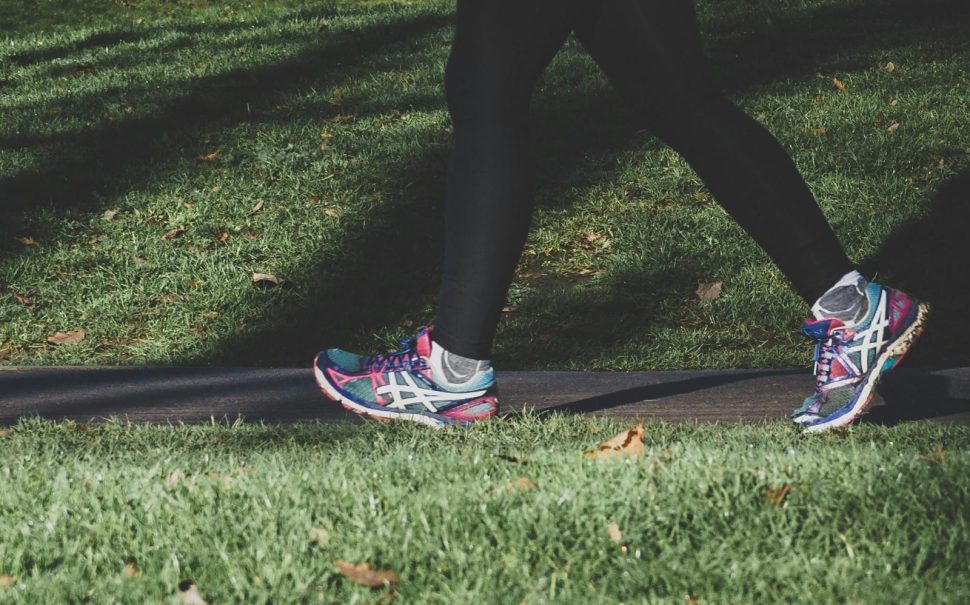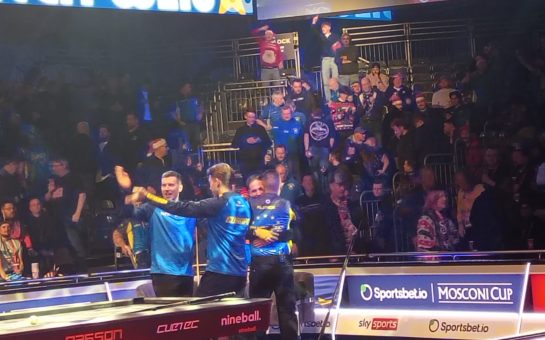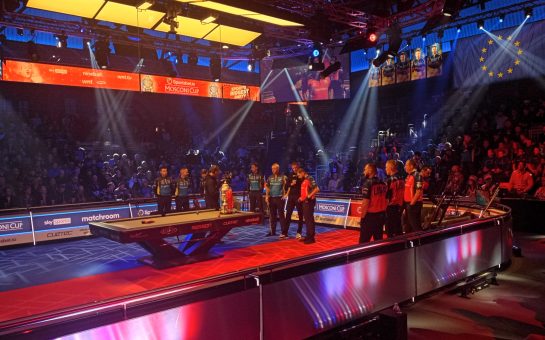Individuals with disabilities on average spend half as much time participating in exercise and wellbeing activities compared to those without disabilities.
In 2024 individuals with disabilities spent 11.9 minutes exercising on pre-allocated diary days compared to 21.6 minutes for those without disabilities experimental data from the Office for National Statistics (ONS) shows.
Barriers to participation
Sports clubs and fitness classes in some instances remain inaccessible to individuals with disabilities, as venues often lack appropriate facilities and staff are not adequately trained to manage their specific needs.
Karen, who has a teenage son with Down Syndrome claimed the data did not surprise her.
In the past, they have been asked to politely leave dance and karate classes due to staff not being able to handle his additional needs.
She said: “There is a lack of opportunity as at previous clubs that we have attended the staff did not know how to incorporate his needs due to a lack of knowledge and skills.
“I would like to see a bigger range of activities at different times as some places do offer classes however the times at which they offer them are not always convenient, such as on a Sunday evening.
“So in reality the activities are open but at inconvenient times for most people.”
When Karen’s son is on his way to an activity club he is ‘visibly brighter and happier, he will sing all the way there and back’ presenting that it is not a lack of desire that stops him from exercising but rather the accessibility of the options made available.
The benefits for individuals attending clubs and exercise classes are immense, as they are provided with the opportunity to enhance their social skills, participate in team sports and develop confidence that they can carry forward with them.
Looking at the accessibility within sports for individuals with disabilities paints a picture of an industry that is still not inclusive and accessible for all individuals who want to access it.
Rensa Gaunt is a representative from Inclusion London, a charity that supports Disabled People’s Organisations (DPOs) in London and advocates for policies to improve accessibility, inclusion, and quality of life for disabled individuals.
Gaunt said: “Disabled people have to fight for our basic rights to benefits, housing, social care, to make sure we are fundamentally safe, fed and our basic needs are met.
“That leaves us with little energy to do ‘extra’ things like exercising or taking care of ourselves.
“We would often need to fight for adjustments or accessibility at gyms, leisure centres etc, but we are often so busy fighting for the basics that it’s not always a top priority to try and access sport and exercise on top.”
Persistent inequality
From 2020 to 2024, there has been a consistent exercise gap between individuals with and without disabilities, ranging from 50% to 26%.
The graph highlights a persistent disparity in exercise participation, with the gap becoming increasingly concerning due to a steady decline in activity levels among individuals with disabilities over the past three years.
This is an issue that has drawn the attention of the British Paralympic Association, which issued an open letter to the government to help “prevent the next generation of children being left on the sidelines”.
The letter asks for the government to improve access for children with disabilities in schools as they found only a quarter of disabled children say they regularly take part in sports at school.
ParalympicsGB aims to empower teachers by providing them with the necessary tools and resources to deliver inclusive PE, ensuring that the next generation of educators has the confidence to teach inclusively.
Supporting data from Sense
Supporting the ONS findings, a national disability charity Sense conducted a survey which revealed that nearly half of respondents with disabilities felt they had fewer opportunities to participate in sports.
The data showed that about a third participated in less than 30 minutes of exercise weekly and only 45% did half an hour to two hours.
The findings from across the UK compared to Greater London are very similar, presenting that this is not just a regional issue but an issue across the country, supporting the assumption that this is a structural issue of accessibility rather than just a fluke in a deprived area.
Deputy head of Sense Active, Louis Wickett-Padgham, when presented with the experimental data from the ONS, said: “This is not surprising to me. The evidence is very damning as our data told us that day-to-day barriers stopped them from being able to access spots and exercise facilities.”
One in three said that inaccessible venues and transport were an issue and a quarter pointed towards unskilled staff who did not have the confidence to support individuals.
Louis explained that traditional sports like netball and football are often unsuitable for people with disabilities due to their complexity, and many activities are delivered by support staff rather than allowing individuals to actively participate themselves.
Louis stressed that there is a need for a personalised approach to sport.
He added: “Not everyone’s body is the same, so activities must be adapted to meet individual needs.
“Many have bad experiences when they find classes and there are long-term societal barriers at play.
“There is an awful lot of work that needs to be done but with enough determination and willingness, these barriers can be changed.”
As presented in the graph above, nearly double the number of respondents agreed that they are being prevented from being active due to social barriers, emphasising the critical role that social factors play in limiting opportunities.
Unsurprisingly again in the graph above, nearly double the amount of respondents said that they would like opportunities to be more active, which supports the assumption that the lack of exercise time was not due to a lack of desire but rather a lack of opportunities.
Sense has pledged that by 2027 they will have trained a thousand coaches on how to deliver sports to individuals with complex disabilities, giving them the confidence and tools needed to work with individuals with complex needs.
Creative adaptations to exercise
Sense prioritises embedding exercise within social activities as they understand that a massive part of the sport is the social side.
They created a first-of-its-kind aqua sensory disco in New Barnet Leisure Centre, which had an incredible response from the community.
More than a hundred people signed up for the waiting list, presenting the demand and therefore the lack of pre-existing services for people with disabilities.
Louis said: “This type of class was born from the need from parents for a class that incorporated swimming activities that were not too complex for their child’s needs.
“The benefits from being in the water are huge and when these children were turned away from previous lessons they needed a safe and inclusive space to go to and that is what we have done with the aqua discos.”
Looking forward
Since the opening of the aqua disco in Barnet, a new session has popped up in Hackney, and Suffolk would like to provide one in the future, representing the demand and need for more activities like this across London boroughs.
Another great initiative is Every Body Moves, powered by Toyota, by ParalympicsGB, which helps people discover inclusive local opportunities to become more active through its online platform.
Anna Scott-Marshall, director of communications and social impact at ParalympicsGB said: “The programme aims to champion inclusion and empower the disabled community to be more physically active in a way that suits the individual, connecting disabled people with more opportunities to find activities and ways to move that suit them.
“Over 1100 inclusive opportunities are listed on the Every Body Moves activity finder taking place in the London area over the next four weeks, plus even more online sessions available.
“As interest surged over the Paris 2024 Paralympic Games, over 23,000 searches were made for inclusive activities in the London area alone.
“Every Body Moves works collaboratively to decrease the accessibility and participation gaps between disabled and non-disabled people, and we believe we are succeeding in doing so, with an increase in 40,000 countrywide listings on our website since Tokyo 2020.”
For more information about Sense and the aqua disco visit: https://www.sense.org.uk/shop/online-shop/aqua-disco-2/
To find an activity through the Everybody Moves portal visit: paralymic gb toyotal everybody moves portal
Featured image credit: Arek Adeoyo, Unsplash





Join the discussion